Astrophysics’ biggest quest
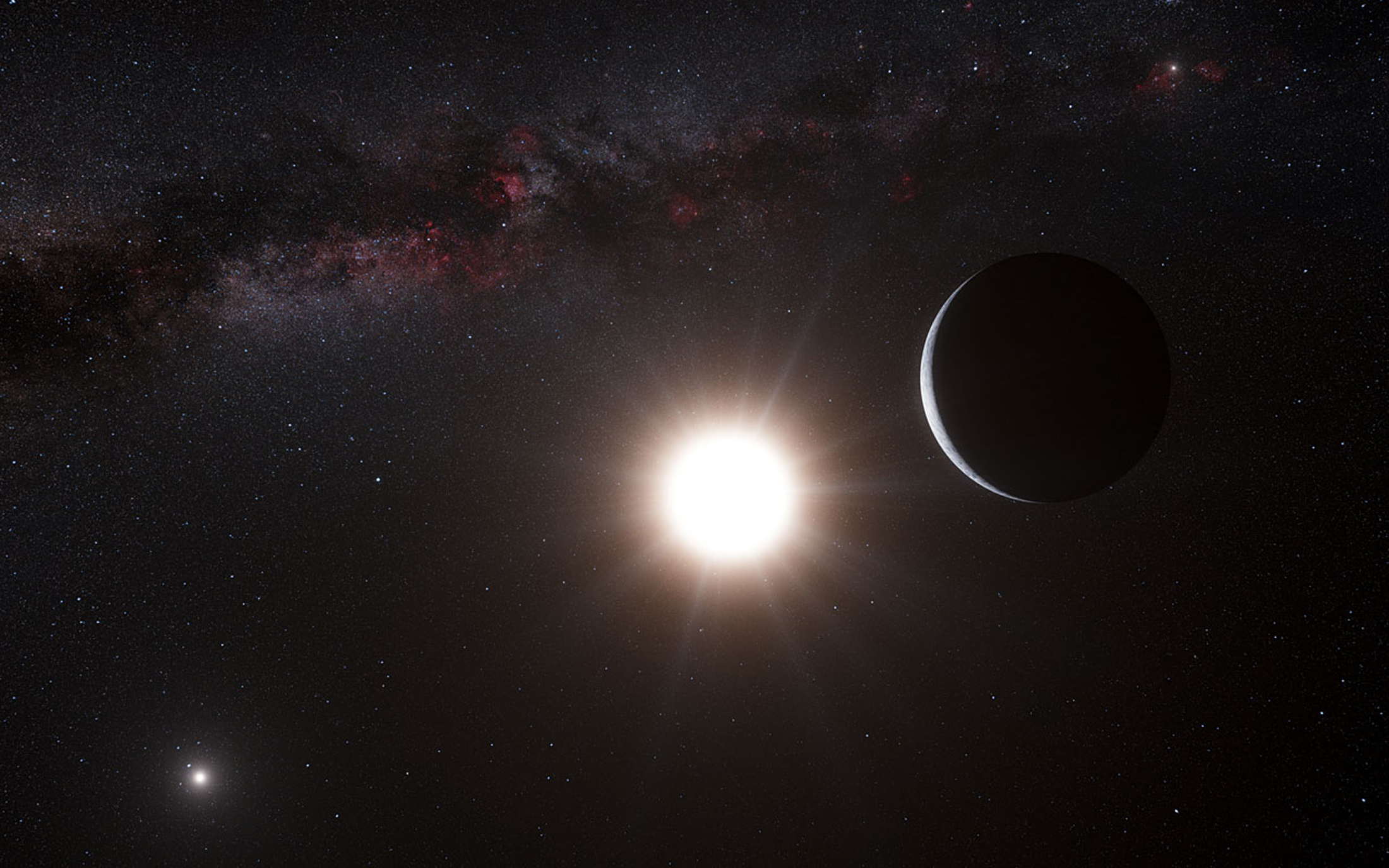
A Swiss team has helped discover a planet of similar mass to Earth, but orbiting a star in the Alpha Centauri system - the nearest to Earth. When it comes to this line of research, Swiss scientists are leading the world.
Exoplanet science is the most rapidly growing field in current astronomy, according to Britain’s Cambridge University – the alma mater of Isaac Newton. The venerable institution has just recruited Swiss astrophysicist Didier Quéloz, who helped discover 51 Peg b, the first identified exoplanet – a planet outside our solar system.
During work on his PhD thesis in 1995, Quéloz and his then professor Michel Mayor made one of the most startling announcements since Copernicus realised that the earth was not at the centre of the universe. After that Swiss discovery it was clear that the sky was full of planets as well as stars. These exoplanets have infused scientists with excitement.
“Exoplanet science is more than just booming. It’s like a tidal wave,” says a delighted Quéloz.
“It goes beyond astrophysics. Exoplanets are interesting to geologists, atmospheric physicists, biologists. We are the vanguard of a new line of research that can only continue to grow.”
The researcher is set to leave his native Switzerland for Britain “in order to spread the knowledge about this domain in Europe, where research is taking off quickly”.
He still holds a part-time teaching post at Geneva University. “This fits in well with the spirit of university, unversalis,” reckons Quéloz. “you don’t just sit in your own little bubble and conduct research. The idea is to try to create a stimulating dynamic, exchanges between students and common research programmes.”
While waiting for Cambridge’s exoplanet research group to be fully set up, Quéloz contributed to an article in Nature magazine announcing the Geneva team’s latest discovery.
This crack team of Swiss physicists included Michel Mayor, Francesco Pepe (instrumental in the Harps spectrology project) and Willy Benz of Bern University. The report’s author was PhD student Xavier Dumusque, proving that succession planning is not a problem when it comes to exoplanetary science.
Alpha Centauri’s secret
Along with his team, the 46-year-old researcher described the smallest and closest exoplanet yet identified. Physicists had been searching for it for a long time, in the Alpha Centauri, which is the stellar system nearest to the sun, although it remains some 40,000 billion kilometres away.
The exoplanet has roughly the mass of the earth, and orbits the Alpha Centauri B star. It is approximately 0.04 units away from the star, with one unit being the distance from the earth to the sun.
The new exoplanet is ten times closer to Alpha Centauri B than Mercury is to the sun, making the chances of it being hospitable to life forms unlikely. At that distance from its star, the new exoplanet is a roasting ball of molten lava needing just 3.2 days to orbit.
But more planets could be discovered. They often form in clusters around a star, and therefore Alpha Centauri B could be surrounded by even more exoplanets. The farther away planets are from their stars, the more difficult they are to detect.
Harps and Cheops
Exoplanet science pushes instruments to their limits. With the Harps (High Accurate Radial velocity Planet Searcher) spectrograph, Switzerland put a cutting-edge tool at the scientific community’s disposal.
The Harps was installed on a 3.6m telescope in the Atacama desert in Chile in 2003. It is capable of seeing a star approach or retreat more slowly than at a human’s walking pace. This spring, a sister spectrograph was installed on the Canary Islands in order to examine the skies of the northern hemisphere.
But this method of examination cannot tell us what kind of planet we are looking at. To find that out, the planet must be observed as it passes in front of its star. And this is exactly what the first Swiss space satellite, Cheops, (CHaracterising ExOPlanet Satellite) is going to do.
The European Space Agency gave Cheops the green light in October as part of its new programme of “small” projects that can be put in place quickly and for a budget of less than €150 million (SFr181 million). Cheops is due to hit the skies in 2017, and will observe more than 500 stars known to have small planets in order to characterise them.
Life out there?
What motivates researchers to get to know planets that they will never visit?
Astrophysicist Francesco Pepe points first to his “fascination with the night sky, the idea of stars, other worlds”. Would that include finding other forms of life?
“I’m pretty confident it could exist somewhere. There are 100 billion galaxies, each with 100 billion stars; I can hardly believe that somewhere, there isn’t a planet that could resemble our own. Even if the other planet doesn’t completely resemble the Earth, I don’t see why life forms shouldn’t exist and develop in different conditions. We often act as if the life forms we know on Earth are the only ones possible, but nature has more imagination than we do,” Pepe says.
Willy Benz, an astrophysicist at Bern University who is the chief investigating scientist on the Cheops, is pretty convinced of life elsewhere in the universe, though he has no proof.
“So for the moment my opinion is worth no more than anyone else’s. Nobody has been able to recreate life, even here on earth in a test tube. So the issue remains open. Does life appear every time the conditions are right? Or has it only happened the one time? If it’s the latter answer, then why?”
The High Accuracy Radial velocity Planetary Search (Harps) project is the world’s most powerful spectrograph. The Harps was installed on a 3.6m telescope and began operating at the European Southern Observatory at La Silla in Chile in 2003, taking advantage of one of the most clear patches of sky in the southern hemisphere.
Earlier this year, its twin, the Harps-Nord spectrograph, was coupled with the Telescopio Nazionale Galileo in the Italian astrophysics research station on La Palma in the Canary Islands.
Harps is capable of discerning variations in star speed [or radial velocity] of just 1m/second. Scientists use spectrographs, or high-resolution telescopes, to measure the wavelengths of light to a billionth of a metre. The Harps spectrograph must therefore operate in an almost-tight air vacuum (0.01 millibars) as well as at a temperature which must not vary by more than a tenth of a kelvin. The slightest change in temperature or pressure could cause a distortion that would throw measures off by several metres per second.
Harps is one of the main reasons that the Geneva group of astrophysicists is one of the best-performing in the world. Of the 830 exoplanets that have been discovered so far, nearly half were found by the Geneva team founded by Michel Mayor.
Exoplanets are planets outside our solar system.
The first exoplanet was discovered by Swiss astronomers Michel Mayor and Didier Queloz from the Geneva Observatory in 1995.
In 2007 Mayor and fellow astronomer Stéphane Udry discovered the first Earth-sized exoplanet, lying 20.5 light years or 120 trillion miles away, with a mass five times that of our planet, which is regarded as a possible candidate for sustaining life.
(Translated from French by Victoria Morgan)

In compliance with the JTI standards
More: SWI swissinfo.ch certified by the Journalism Trust Initiative
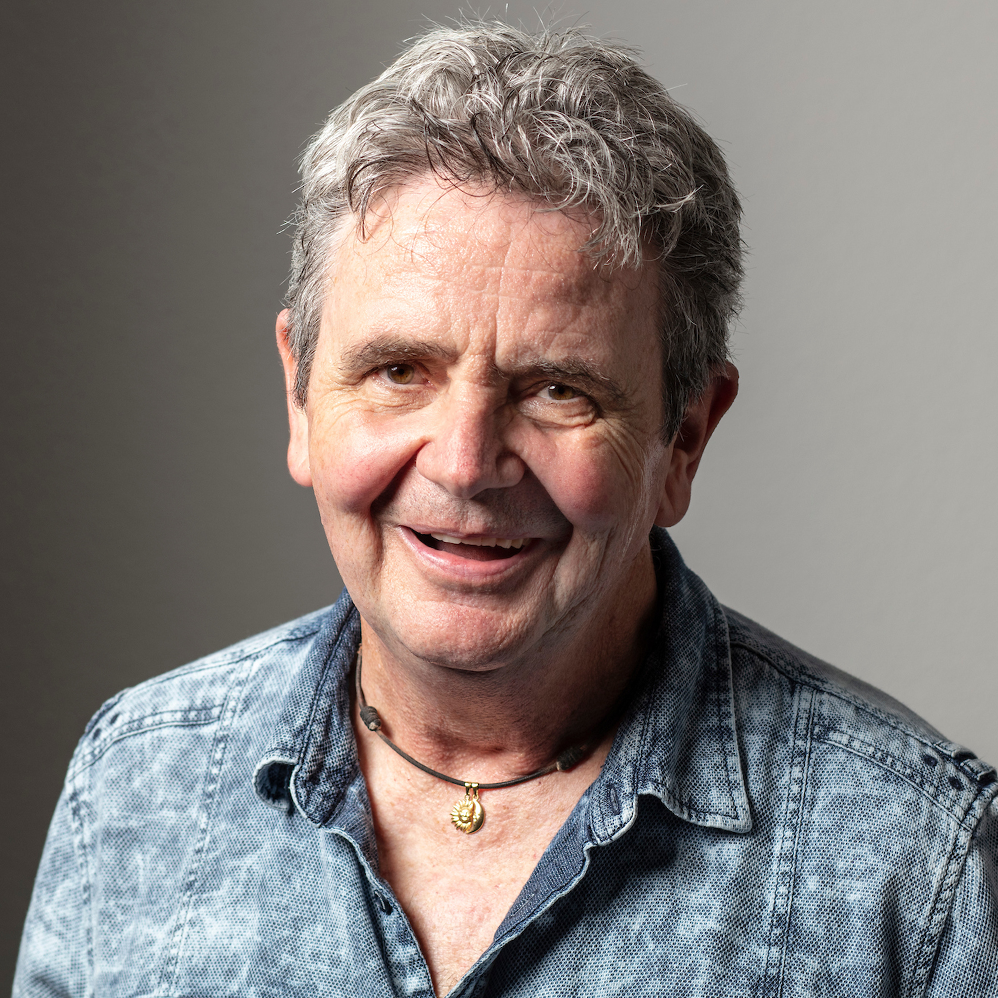
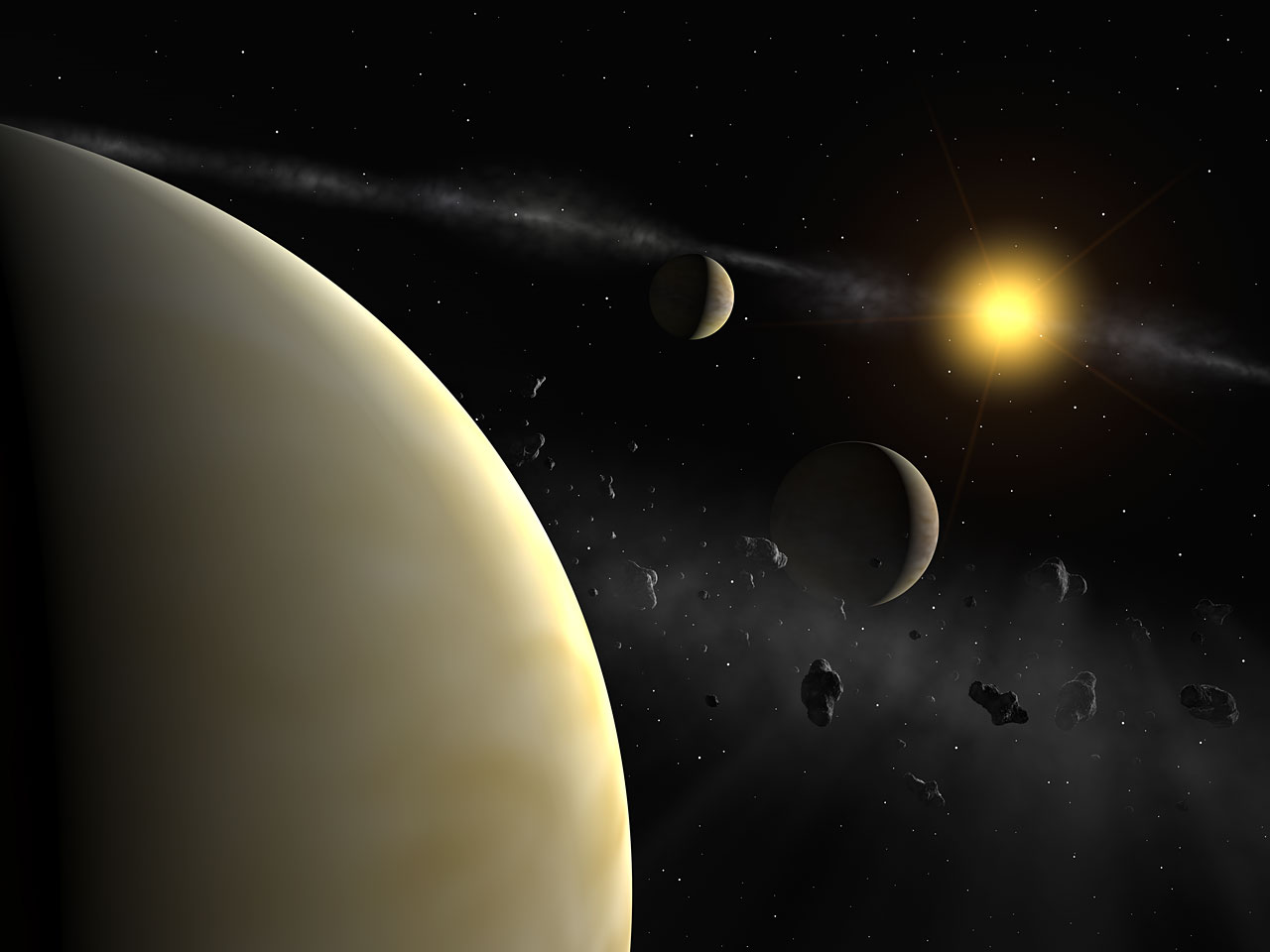
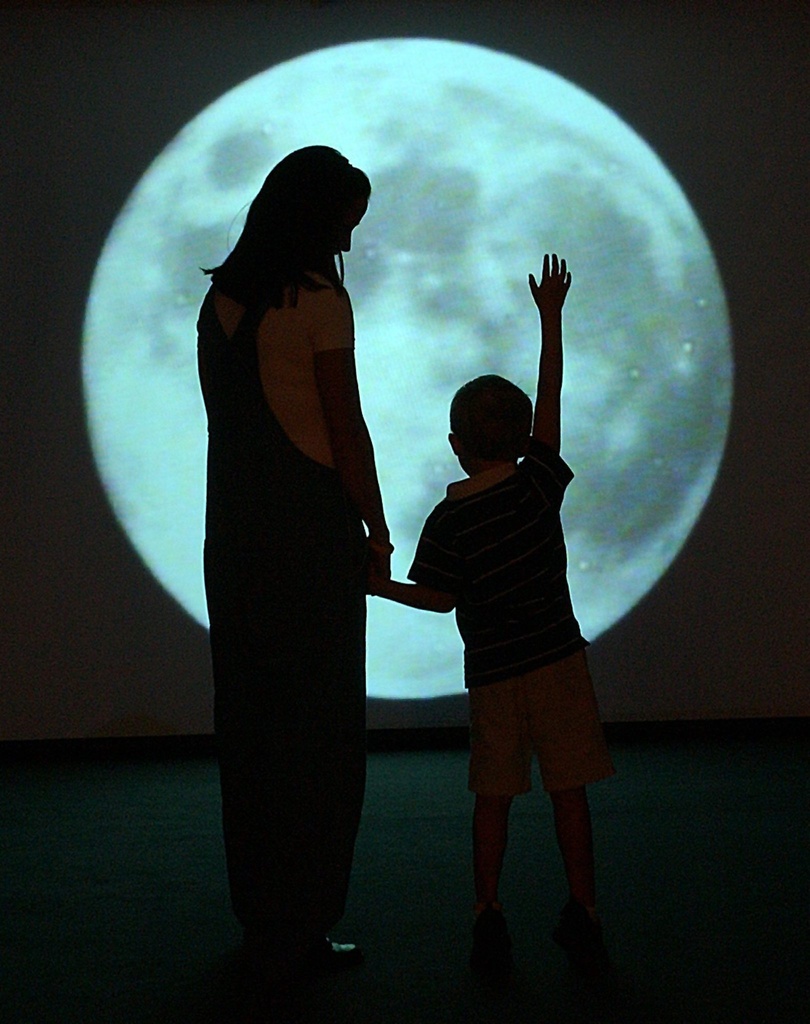
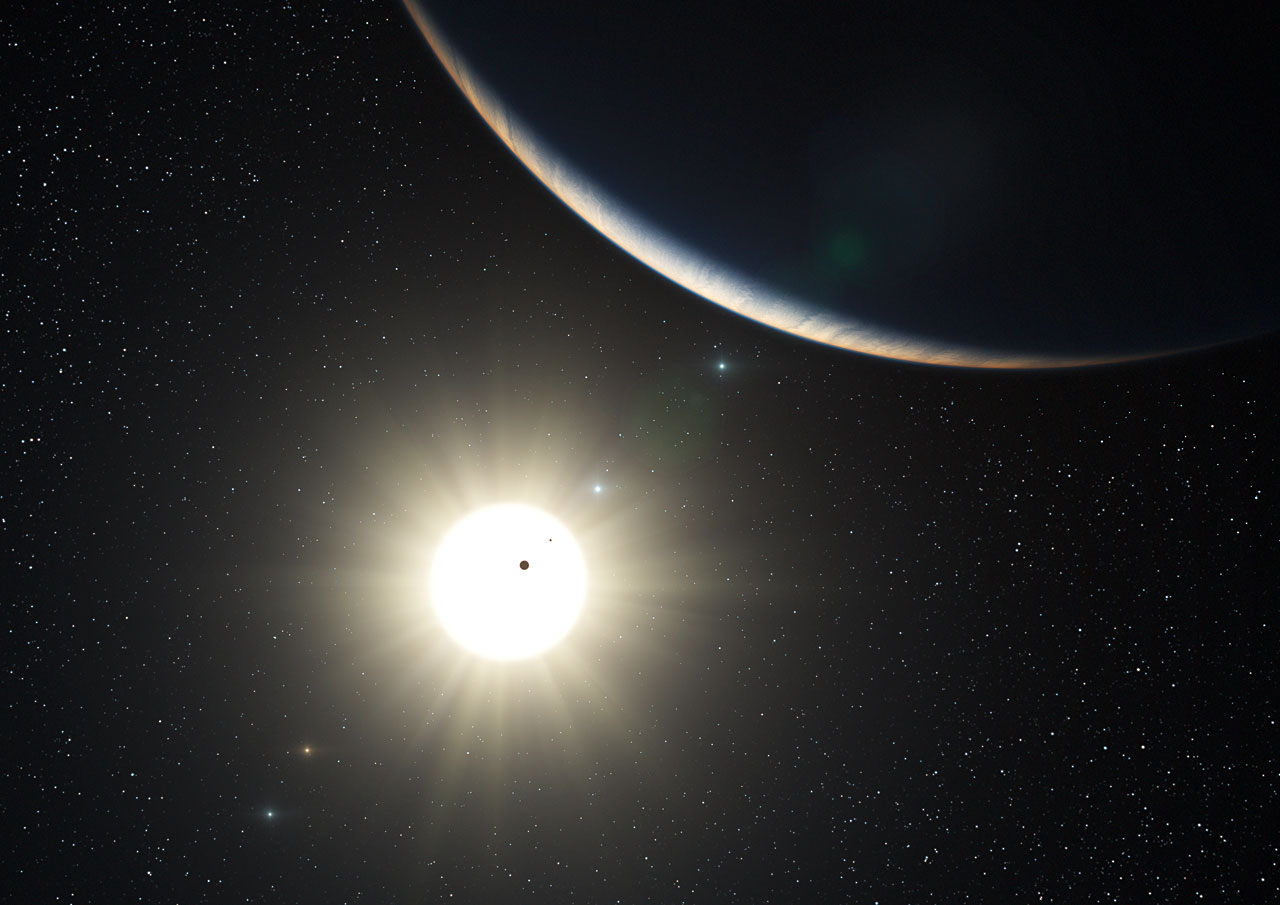
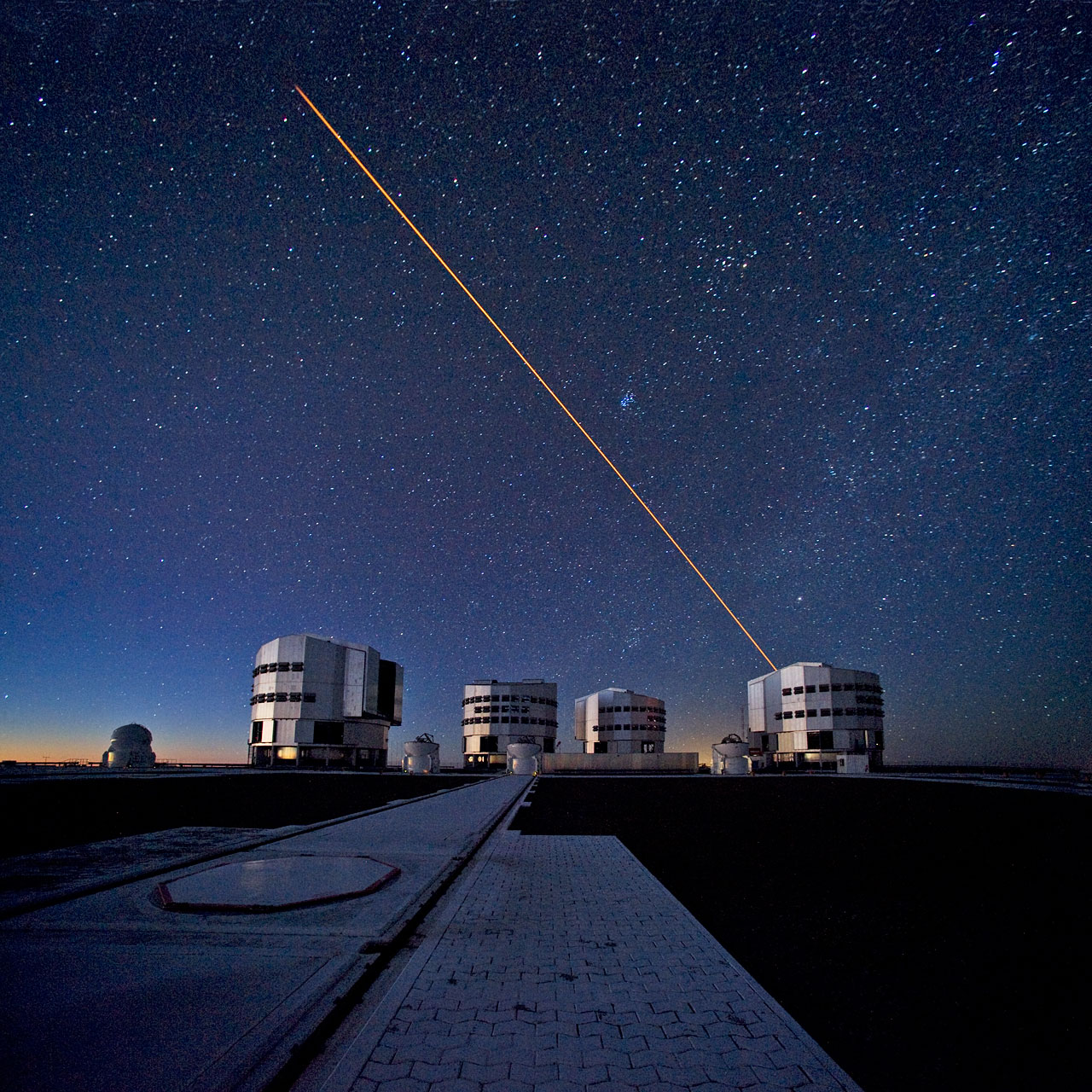
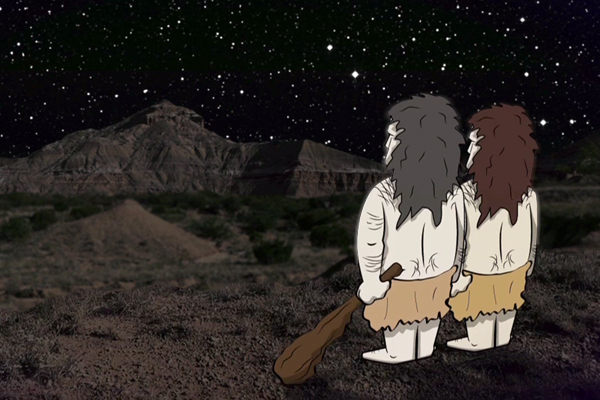
You can find an overview of ongoing debates with our journalists here. Please join us!
If you want to start a conversation about a topic raised in this article or want to report factual errors, email us at english@swissinfo.ch.